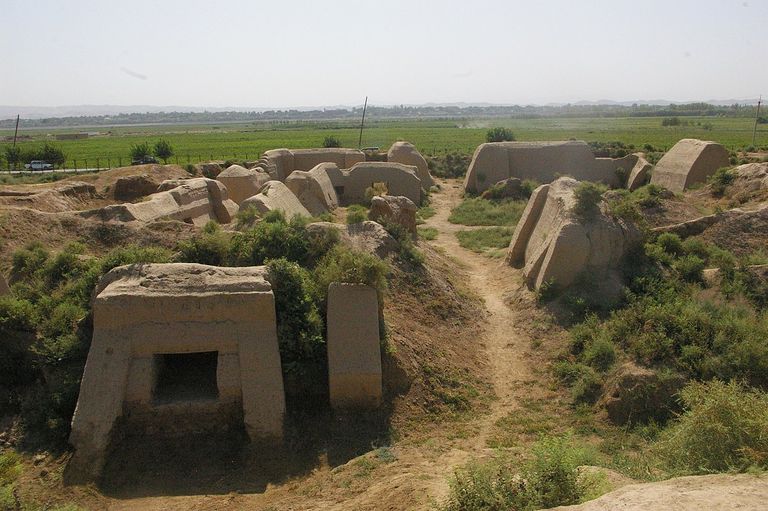
Although Central Asia is no longer flooded with tourists, it was once a dynamic and diverse area, largely thanks to the Silk Road. One of the many notable sites in this region is the Buddhist cloister of Ajina-Tepa in Tajikistan. This ruin is a testament to the region's Buddhist past and is regarded as the largest site in all of Central Asia. The cloister has been added to a tentative list of UNESCO World Heritage Sites.
The Mysterious History of Ajina-Tepa in Tajikistan.
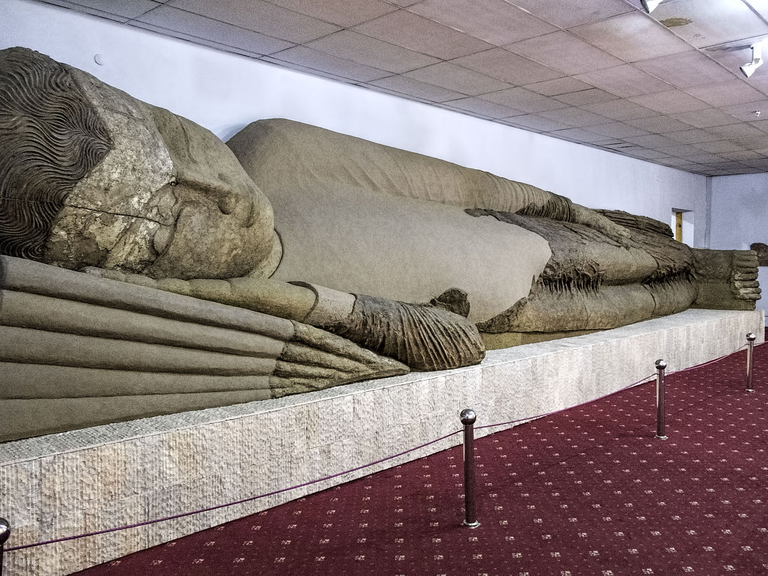
The modern nation of Tajikistan flourished for centuries because it was located on the Silk Road, the trade network that connected East and West. It was part of several great empires, including the Persian, Seleucid and Kushan.
Buddhism spread to the area from India and China and was quickly adopted by the urban class, especially merchants. Buddhist monasteries flourished in the region for hundreds of years and a distinctive form of Central Asian Buddhism emerged. Ajina-Tepa was instrumental in the spread of Buddhism in Central Asia, although little is known about its history.
In the 8th and 9th centuries, Arabs made inroads into the area, especially after the Battle of Talas (July 751 AD). The area of what is now Tajikistan came under the control of the Abbasid Caliphate. Unlike other religions, the new Muslim rulers were not tolerant of Buddhism and the monastery was possibly raided by the Arabs. Although there are few records from the time to explain the reason, the cloister was eventually abandoned and today there are only a small number of Buddhists in the country. Due to the Islamization of the region, the history of Buddhism in the region was largely forgotten until recently.
The cloister is known locally as Devil's Hill, a reference to the many sculptures and images of demons that were found on the hills around the site and were probably left there to protect the cloister from evil demons. The site was investigated by archaeologists in the 1960s and 1970s when Tajikistan was part of the Soviet Union. Some 1500 artifacts were discovered, including a large reclining Buddha in Nirvana, which is now in a museum in Tashkent, Uzbekistan. This is the largest sculpture of the Buddha now in Central Asia since the Taliban destroyed the giant image in Bamyan, Afghanistan in 2001.
The Many Sights at Ajina-Tepa.
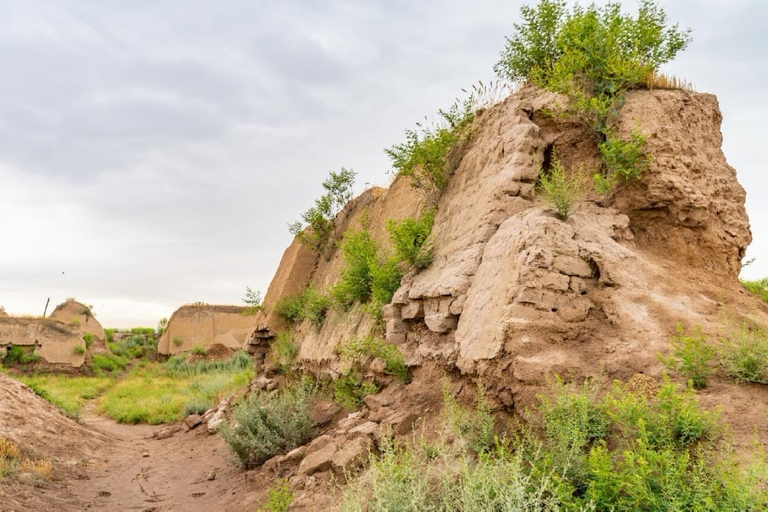
The cloister was built in traditional Buddhist style and consists of a monastery and temple that are enclosed by badly deteriorated walls. The cloister measures 300 feet by 150 feet (about 100 by 50 m).
The large plaza is surrounded by numerous buildings, many of which are not in good condition, having originally been built of mud brick. Around the plaza, there is a summer house (ivan) and several monks' cells can also be seen. The cloister gate is still evident and is flanked by the remains of two towers. The remains of a meeting hall or pandus, where monks would gather for prayer and meeting, are visible.
The ruins of the temple are located in the northern section of the site. It was here that the giant statue of the Buddha on a pedestal was found.
The entire complex was once connected by several corridors, some of which can still be seen. The centre of the site is dominated by the Great Stupa, which measures 67 feet by 19 feet (20 by 5.7 m) across. It once held relics associated with the Buddha. Although it is now in a state of decay, it was once laid out on a star plane and was accessed by several flights of stairs. Monks and pilgrims would circle this monument as part of their devotions. Several smaller stupas appeared on the site, but have been badly deteriorated and damaged.
The temple and cloister were once decorated with ornamental sculptures and paintings and much of what remains has been authentically restored, during the 2000s.
Visiting Ajina-Tepa in Tajikistan.
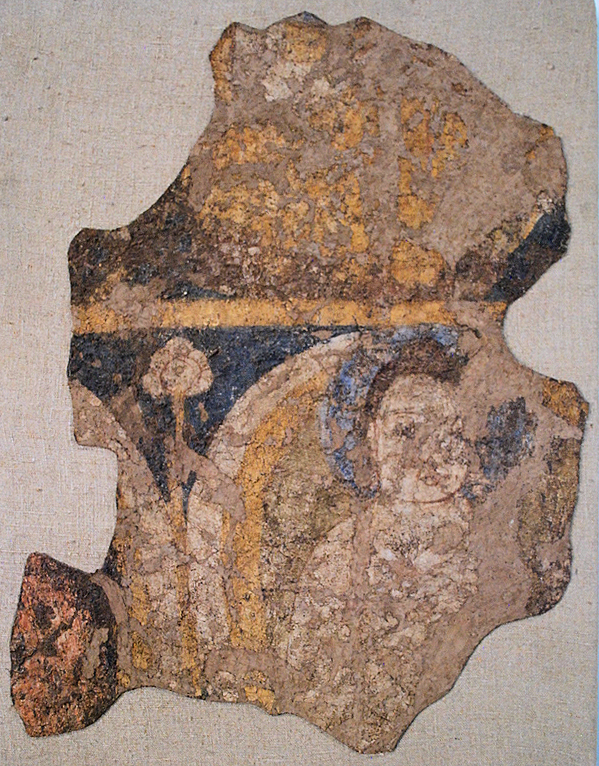
Buddha in Nirvana, National Museum of Antiquities
While there is no public transport to the ruined cloister, the site can be reached from the town of Qurghonteppa by hiring a private taxi which is quite reasonable. It is free to enter the site, but there are no guides or information available.
Aunque Asia Central ya no está inundada por turistas, en el pasado era un área dinámica y diversa, en gran parte gracias a la Ruta de la Seda . Uno de los muchos sitios notables en esta región es el claustro budista de Ajina-Tepa en Tayikistán. Esta ruina es un testimonio del pasado budista de la región y es considerado como el sitio más grande en toda Asia Central. El claustro se ha agregado a una lista tentativa de sitios del Patrimonio Mundial de la UNESCO.
La misteriosa historia de Ajina-Tepa en Tayikistán.
La nación moderna de Tayikistán floreció durante siglos porque estaba ubicada en la Ruta de la Seda, la red comercial que conectaba Oriente y Occidente. Formaba parte de varios grandes imperios, incluidos el persa, el seléucida y el kushan.
El budismo se extendió a la zona desde India y China y fue rápidamente adoptado por la clase urbana, especialmente los comerciantes. Los monasterios budistas florecieron en la región durante cientos de años y surgió una forma distintiva del budismo de Asia Central . Ajina-Tepa fue fundamental para la difusión del budismo en Asia Central, aunque se sabe poco sobre su historia.
En los siglos VIII y IX, los árabes incursionaron en el área, especialmente después de la Batalla de Talas (julio de 751 dC). El área de lo que hoy es Tayikistán quedó bajo el control del califato abasí . A diferencia de otras religiones, los nuevos gobernantes musulmanes no eran tolerantes con el budismo y el monasterio posiblemente fue allanado por los árabes. Aunque hay pocos registros de la época para explicar la razón, el claustro fue finalmente abandonado y hoy solo hay un pequeño número de budistas en el país. Debido a la islamización de la región, la historia del budismo en la región fue en gran parte olvidada hasta hace poco.
El claustro se conoce localmente como la Colina del Diablo, una referencia a las muchas esculturas e imágenes de demonios que se encontraron en las colinas alrededor del sitio y que probablemente se dejaron allí para proteger al claustro de los demonios malvados. El sitio fue investigado por arqueólogos en las décadas de 1960 y 1970 cuando Tayikistán era parte de la Unión Soviética . Se descubrieron unos 1500 artefactos, incluido un gran Buda reclinado en Nirvana, que ahora se encuentra en un museo en Tashkent, Uzbekistán. Esta es la escultura más grande del Buda ahora en Asia Central desde que los talibanes destruyeron la imagen gigante en Bamyan , Afganistán en 2001.
Las muchas vistas en Ajina-Tepa.
El claustro fue construido en estilo budista tradicional y consiste en un monasterio y un templo que están encerrados por paredes muy deterioradas. El claustro mide 300 pies por 150 pies (aproximadamente 100 por 50 m).
La gran plaza está rodeada por numerosos edificios, muchos de los cuales no están en buen estado, ya que originalmente fueron construidos en adobe . Alrededor de la plaza, hay una casa de verano ( ivan ) y también se pueden ver varias celdas de monjes. La puerta del claustro aún es evidente y está flanqueada por los restos de dos torres. Los restos de una sala de reuniones o pandus, donde los monjes se reunían para rezar y reunirse, son visibles.
Las ruinas del templo se encuentran en la sección norte del sitio. Fue aquí donde se encontró la estatua gigante del Buda en un pedestal.
Todo el complejo estuvo una vez conectado por varios corredores, algunos de los cuales aún se pueden ver. El centro del sitio está dominado por la Gran Stupa, que mide 67 pies por 19 pies (20 por 5,7 m) de ancho. Una vez tuvo reliquias asociadas con el Buda. Aunque ahora está en un estado de descomposición, una vez fue diseñado en un plano estelar y fue accedido por varios tramos de escaleras. Monjes y peregrinos rodearían este monumento como parte de sus devociones. Varias estupas más pequeñas aparecieron en el sitio, pero han sido muy deterioradas y dañadas.
El templo y el claustro estaban antiguamente decorados con esculturas y pinturas ornamentales y gran parte de lo que queda ha sido restaurado de manera auténtica, durante la década de 2000.
Visitando Ajina-Tepa en Tayikistán.
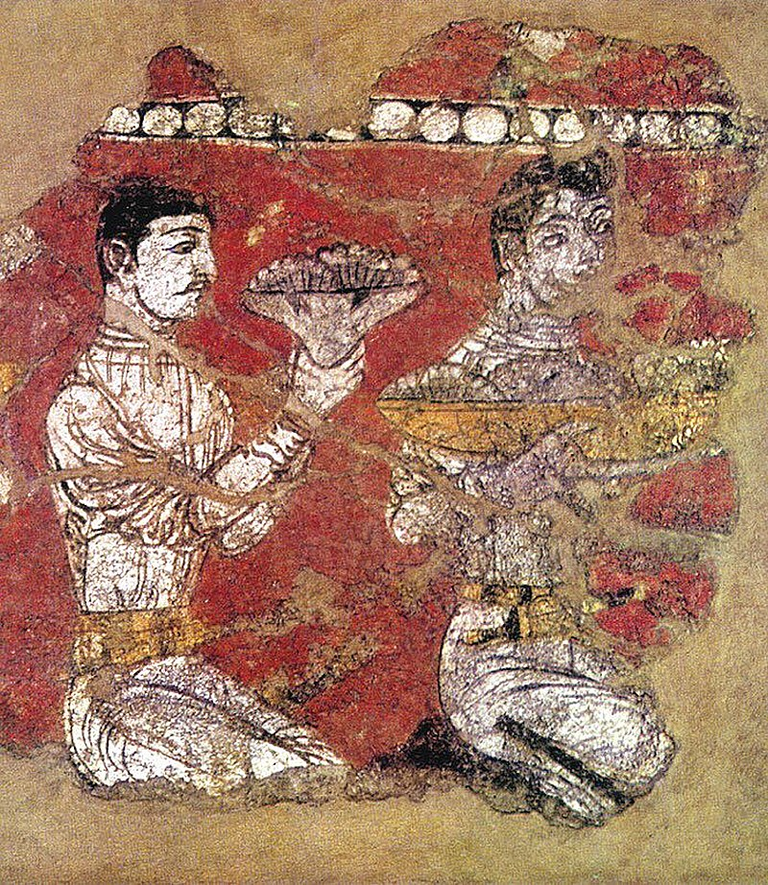
Si bien no hay transporte público al claustro en ruinas, se puede llegar al sitio desde la ciudad de Qurghonteppa contratando un taxi privado que es bastante razonable. Es gratis ingresar al sitio, pero no hay guías ni información disponibles.
Sources images / Fuente imágenes.


El presente artículo puede haber sido publicado parcial o totalmente en algunos de mis blogs.
This article may have been published in part or in full on one of my blogs.
Mis Blogs y Sitios Web / My Blogs & Websites:
- La Cucina di Susana.
- Cucinando con Susana
- El Mundo de los Postres
- Crónicas de Un Mundo en Conflicto.

Upvoted. Thank You for sending some of your rewards to @null. Get more BLURT:
@ mariuszkarowski/how-to-get-automatic-upvote-from-my-accounts@ blurtbooster/blurt-booster-introduction-rules-and-guidelines-1699999662965@ nalexadre/blurt-nexus-creating-an-affiliate-account-1700008765859@ kryptodenno - win BLURT POWER delegationNote: This bot will not vote on AI-generated content
Thanks!!